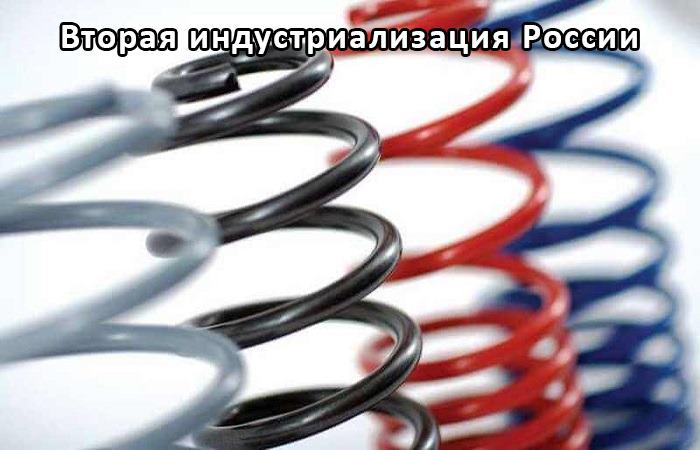Molla ad alta resistenza con elasticità costante

Ultra-high-strength springs using technology controlled formation of homogeneous nano-sized substructures.
High strength spring do not have precipitation in the process of operation, constant inter-turn gap, which excludes the impact turns operate without failure at elevated 30-40% voltages, have a high stability of the power characteristics and higher strength, durability and geometric precision.
Technology of production of high strength springs
High strength springs are used
Specifications according to test results
Descrizione:
The basis of new technologies of production of high strength springs is the operation of hot coiling springs with optimal combination of temperature di riscaldamento, degree of deformation during winding, circuiti, and cooling–tempering consistently each spiral wound springs and la tecnologia di controlled forming of Nanoconstructor in the material by small deformations. As a result of these operations, nanosized substructures, providing high forza characteristics of the products.
Allo stesso tempo, steel structure is different:
– great uniformity, high density of dislocations, nano-sized subgrains;
– smaller (compared to conventional treatment) of the amount of evenly distributed particles of carbide – cementite;
– within individual grains creates Nanoconstructor with low-angle boundaries;
– average size substructures elemento of the ferritic matrix is 20-40 nm, the whole interval common size is in the range of 20-100 nm.
It allows you to use standard spring steels and to the springs with unique characteristics.
The basic material for the manufacture of springs serve high-carbon and alloy acciaio.
Only on railway transport, the use of high-strength springs will significantly reduce the cost of the repair and maintenance of rolling stock and to increase the volume of cargo at the expense of increasing the load on the wagon axle.
Technology of production of high strength springs:
The production of high-strength springs is carried out in several stages.
The first step is to wire (rod) obesplozhennym remove the top layer and get a wire (rod) of the desired diameter. Then the wire (rod) is subjected to heat and other types of processing to obtain predetermined properties.
In the third phase wire (rod) è riscaldato ed è avvolto da molle. Poi, elaborando le estremità delle molle, compreso meccanico. Dopo di che, la molla sarà un trattamento termico e un indurimento superficiale mediante pallinatura.
Alla fine è la primavera zanemarivanja.
Può essere utilizzato e operazioni tecnologiche aggiuntive: sabbiatura, elettrolucidatura, pittura, trattamento anticorrosione.
High strength springs are used:
principalmente nel trasporto ferroviario (carrelli di vagoni e locomotive),
nel l'industria dell'energia elettrica,
- sospensioni di automobili
- equipaggiamento speciale,
- macchinari agricoli,
- Ascensore sistemi.
Vantaggi:
- le molle ad alta resistenza non hanno precipitazioni durante il funzionamento,
- elevata stabilità delle caratteristiche di potenza,
- Costante elastica ad alta resistenza dell'intercapedine, che esclude l'impatto delle svolte
- lavorare senza errori ad elevate 30-40% voltaggio
- la struttura in acciaio è caratterizzata da grande uniformità, high density of dislocations, nano-sized subgrains,
all'interno dei singoli grani crea il nanocostruttore con bordi ad angolo ridotto,
- più piccola (compared to conventional treatment) la quantità di particelle uniformemente distribuite di carburo - cementite,
- sottostrutture di medie dimensioni elemento of the ferritic matrix is 20-40 nm, the whole interval common size is in the range of 20-100 nm,
- aumento della forza, durability and geometric precision.
Specifications according to test results:
Il numero di cicli fino al fallimento è aumentato di 10 volte.
The level of permissible operating voltages above 35-40%.
5-6 times improved performance for sediment of the springs.



